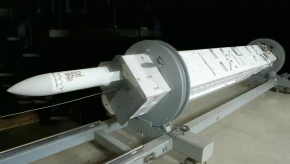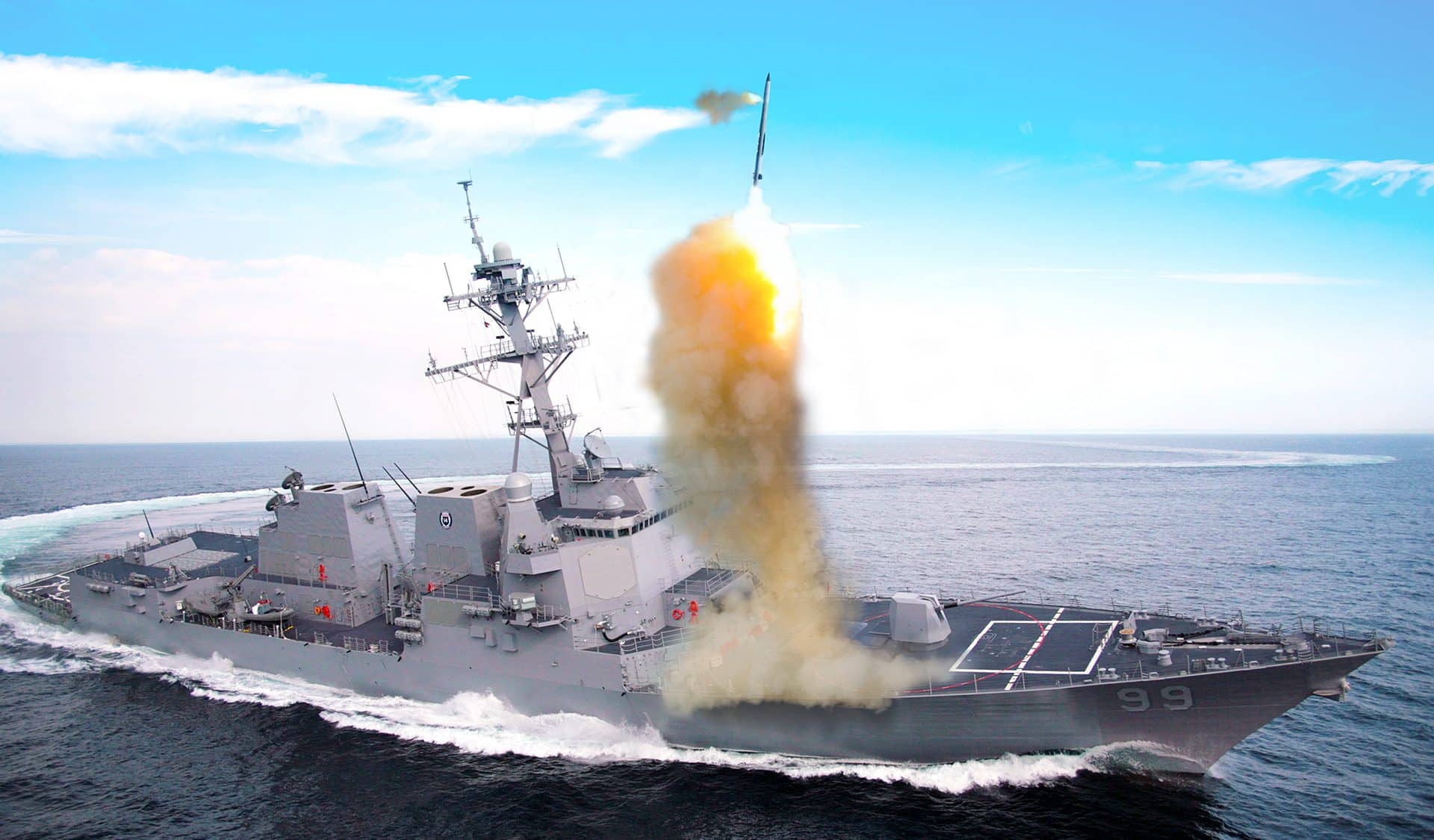For me I would hope that’s right but at 5 m long it seems beyond the laws of physics.
Is length the key dimension for quad packing? Surely missile diameter is the key parameter?
PAC3 seems at least 50mm wider than ESSM in the missile body. So I think quad packing currently is probably off the table, but double packing may perhaps possible. Again, I don't think PAC3 is about replacing ESSM. They are for different purposes. You might have 32 ESSM, but only carry 4 or 8 PAC-3.

A 50mm wider missile body would be difficult to fix quad packed into a current Mk41. However, the US and other countries are looking at bigger VLS sizes, so in those it could be quad packed. PAC3 may be a good fit for ships that aren't really ideal for SM-2/Sm-6, or have a weight limitation regarding fully quad packed loads.
Also Australia has a large stock of existing ESSM, and makes control surfaces, body sections, guidance section and is a development and production partner for ESSM. We have nothing for PAC3.
PAC3 won't be any cheaper than any other comparable system and costs are more than 1m a missile generally. Even SeaRAM is a $1m a shot. But for a destroyer or frigate that cost $5 billion, a $1m missile isn't excessive, its cheap. Even if the destroyer fires its entire load out, you are talking probably $100m in munitions expended. Not cheap, and you only have a limited inventory, but not impossible to bare. Sm-3 shots are expensive, like $10m a shot, but they are taking high value targets like hypersonics, BM, sats...
If you are looking for cheap ways to bring drones down, I think 76mm smart rounds might be more useful. Or a UAV with a gun mounted on it. Many of these drones are basically plastic, fiber glass, 6-12 feet wide, 2 cylinder engine etc, cruising at ~<300kmph, a few shots with a 7.62mm or .50 BMG would bring it down. They are often slow and flying pre programmed paths and have no other sensors and very poor situational awareness, so having an airborne UAV with guns mounted and good sensors (but cueing from the ship) would cost cents to bring down a drone. You want to be able to take them down at a distance from your naval platform but they don't really need missiles. Save the missiles for cruise missiles, scud type missiles, manned aircraft etc.
I do think Australia should have a cheap as chips indigenous missile, solid fuel, but self guided munition based around an Australian centric production chain. A chonky boy, designed for long ranged hits against surface/ground/slow moving air targets (maybe tankers, or AEW or bombers, nothing greater than subsonic), something that fills out the VLS volume, but isn't SM-2/SM-6/SM-3. That doesn't really exist in allied inventories. Europe is all short range focused stuff, or really expensive, long range small bag stuff. American stuff is great, but too many missions, agile, long range, stealthy, big hit, but expensive.. fickle supply chains, too high tech.
But with a solid rocket motor, so the costs are very low, very cheap to maintain a large stockpile, and you can build quickly in numbers like 10 or 50 a day.. Australian ships may not even carry them during peacetime. They are a mid war munition, not a first shot munition. Literally a 7m long telegraph pole, maybe 2 stage and on the second stage a two stage solid motor capacity to improve range and have burst speed.
On the frigates, I am very hopeful for the Japanese ships to be selected, however, the high levels of integration and uniqueness of their mast and systems integration, means it may have increase cost, time and risk compared to other competitors. I do think the ships need to be around 5000t and carry 32 VLS, top flight radar and sensors, ASW capability, and have both small crew requirements, but also excellent crew comfort and workload for crew.
But the Koreans seem to be the only one with the money and interest in buying into the Australian market. I was hoping Japan or Korea or Spain may have made a move/partnership on CIVMEC, something like Acciona, or Obayashi....
The Frigate is just one project.


